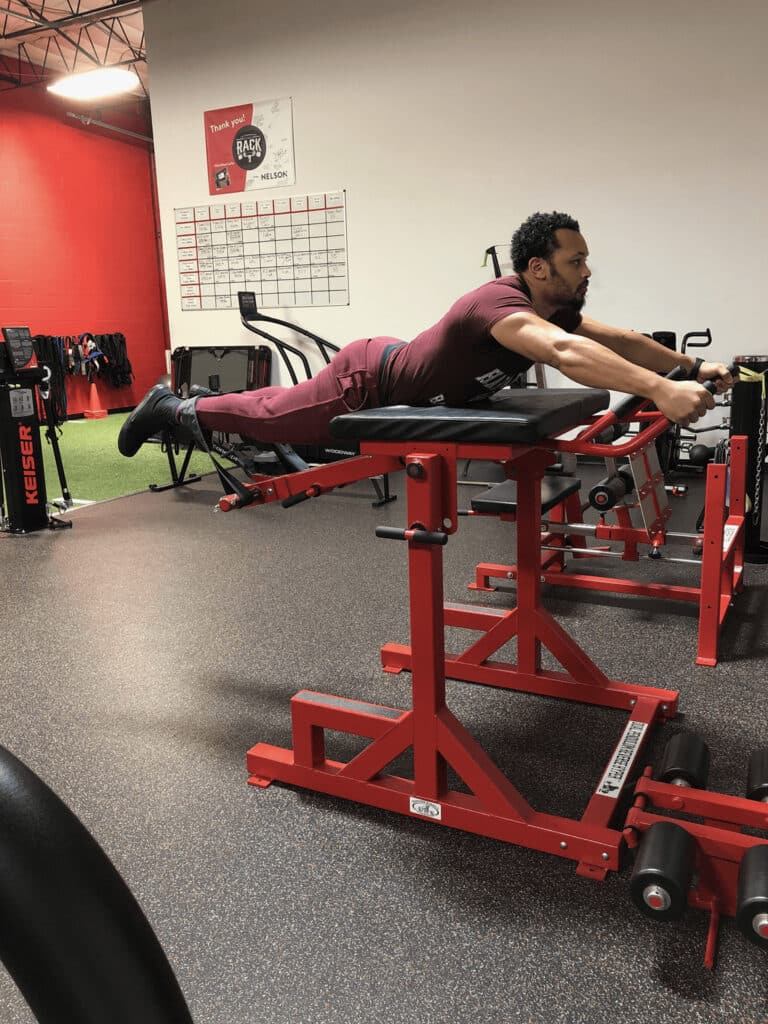Strengthening Your Way to Resilience: The Role of Strength Training in Injury Prevention and Rehabilitation

In the world of fitness and sports, injuries are an unfortunate reality that can set us back physically and mentally. However, with the right approach, we can minimize the risk of injuries and speed up the recovery process. One powerful tool in injury prevention and rehabilitation is strength training. In this blog, we’ll explore how incorporating strength training into your routine can help prevent common injuries and aid in recovery if an injury does occur.
Preventing Injuries with Strength Training:
Strength training is not just about building muscle; it’s also about enhancing the body’s overall resilience. Engaging in regular strength workouts helps to strengthen the muscles, tendons, and ligaments that support our joints. By creating a more stable and balanced body, the risk of overuse injuries and joint instability is significantly reduced. Incorporating exercises that target the core and promote proper alignment can also improve posture, which is vital in preventing injuries related to poor body mechanics.
Enhancing Joint Health:
Strength training can be a game-changer for joint health. When performed correctly, it can improve the lubrication and nourishment of the joints, reducing the likelihood of injuries like tendonitis, bursitis, and cartilage damage. The controlled movements involved in strength training also help to reinforce joint stability, especially in weight-bearing joints like the knees and hips. With my favorite piece of equipment, the reverse hyper, you can also build an incredibly strong lower back which can greatly reduce if not eliminate lower back pain.
Rehabilitation through Progressive Strength Training:
If an injury does occur, strength training can play a critical role in the rehabilitation process. Of course, the first step is to consult with a healthcare professional or physical therapist to determine the appropriate exercises for your specific injury and stage of recovery.
As recovery progresses, progressive strength training can be introduced to gently stimulate the injured area. This process helps rebuild muscle mass, improves blood circulation to the injured site, and enhances overall functionality. Controlled and supervised strength exercises can help restore joint stability and flexibility, promoting a smooth return to normal activities.
Mind-Body Connection:
Apart from the physical benefits, strength training offers psychological advantages during rehabilitation. It encourages a positive mindset, boosts confidence, and reduces the fear of re-injury. The sense of accomplishment as you regain strength and mobility can be incredibly motivating throughout the healing process.
Importance of Proper Form:
While strength training is advantageous for injury prevention and rehabilitation, it is crucial to prioritize proper form and technique. Poorly executed exercises can lead to new injuries or exacerbate existing ones. Seeking guidance from qualified trainers or physical therapists is paramount to ensure safe and effective workouts tailored to your unique needs.
At The Rack we partner with Athlete’s Potential in providing a comprehensive approach to rebuilding anyone from a previous or ongoing injury.
Concluding, incorporating strength training into your fitness routine can significantly contribute to injury prevention and expedite the rehabilitation process. Remember, the key is to approach strength training mindfully and progressively. Don’t rush the process; instead, focus on the gradual improvement of strength and flexibility while giving your body the time it needs to heal. By embracing the power of strength training, you can pave the way for a more resilient, injury-free, and active lifestyle.
Matthew Walcott
B.S. CPT



